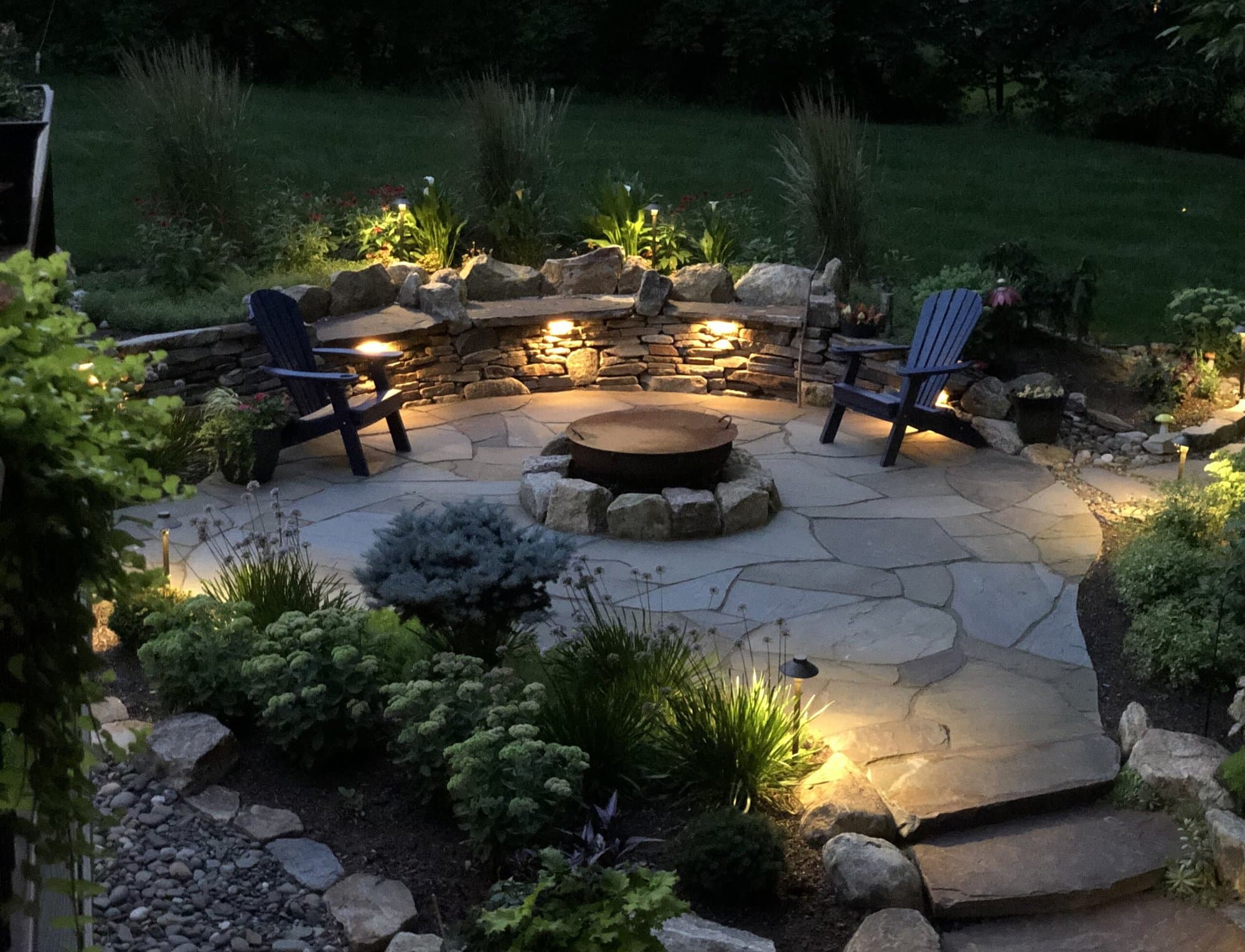How Palm Desert Landscaping Can Elevate Your Home's Curb Charm
How Palm Desert Landscaping Can Elevate Your Home's Curb Charm
Blog Article
A Comprehensive Guide to Creating and Implementing Effective Landscape Design Solutions
The art and science of landscape design extend past mere looks; they involve a thoughtful combination of layout principles, ecological stewardship, and sensible application. What techniques can one employ to make sure these landscapes not just thrive however additionally thrive in harmony with their environments?

Recognizing Landscape Style Concepts
One may wonder what fundamental elements add to efficient landscape design. At its core, effective landscape design rests on several vital principles that guide the setup and selection of components within a space. These concepts include unity, rhythm, percentage, and balance, each serving to develop a harmonious exterior environment.
Unity describes the natural connection amongst different parts, ensuring that they collaborate visually and functionally. Equilibrium can be achieved with balanced or asymmetrical arrangements, permitting the landscape to really feel stable and welcoming. Percentage involves recognizing the scale of aspects in regard to each other and the surrounding setting, promoting visual harmony and convenience.

Assessing Your Outdoor Area
Prior to applying the principles of landscape design, a detailed assessment of your exterior space is important. This preliminary assessment assists specify the extent of your landscape design project and guarantees that your style lines up with the one-of-a-kind characteristics of your building. Begin by analyzing the dimensions of your space, taking accurate measurements to comprehend the offered area for different aspects such as outdoor patios, paths, and gardens.
Next, observe the existing features of your landscape, including topography, dirt top quality, and water drainage patterns. These variables significantly affect plant option and positioning. Furthermore, evaluate the sunlight direct exposure throughout various areas throughout the day, as this will influence the kinds of plants that prosper in your garden.
Consider the microclimates created by frameworks, trees, and various other barriers, as they can impact temperature and moisture degrees. Take note of any type of existing plants or hardscape elements that you desire to maintain or remove. This extensive evaluation lays the foundation for a knowledgeable and effective landscape design option, making sure that your design is not just aesthetically pleasing yet sustainable and likewise functional for several years to find.
Lasting Landscaping Techniques
These techniques not only promote environmental equilibrium yet also improve the practical and visual worth of a landscape. Implementing efficient irrigation systems, such as drip irrigation, lessens water waste and makes certain that plants receive adequate wetness (Palm Desert Landscaping).

One more reliable technique is the calculated positioning of trees and shrubs to give natural windbreaks and shade, therefore decreasing power costs (Palm Desert Landscaping). Rain gardens can be incorporated right into the landscape layout to manage stormwater overflow successfully, filtering system pollutants before they enter waterways
Selecting the Right Plant Kingdoms
Picking the right plants for your landscape is crucial to achieving both visual charm and environmental consistency. The procedure starts with an understanding of your neighborhood environment, dirt problems, and the specific microenvironments within your landscape. Assessing elements such as sunlight exposure, moisture levels, and existing flora will help you choose plants that grow in your unique setup.
Consider incorporating indigenous plants, as they are well-adapted to neighborhood problems, call for much less maintenance, and support local wildlife. Additionally, selecting a varied selection of varieties can improve biodiversity while minimizing the danger of illness and insect outbreaks. It is important to evaluate the development behaviors, growing periods, and reference seasonal colors of potential plants to develop a dynamic and natural landscape.
Moreover, think of the intended use the area; as an example, if the area will certainly experience high foot web traffic, go with resilient ground covers. By attentively selecting click resources plants that align with both your ecological needs and visual goals, you can create a lasting landscape that not only boosts your property yet likewise adds positively to the surrounding ecological community.

Execution and Maintenance Methods
As soon as the right plants have been selected for your landscape, the emphasis shifts to efficient execution and recurring maintenance techniques. Successful installment starts with correct site preparation, that includes soil screening to establish nutrient degrees and pH, followed by amending the soil as needed. Meticulously prepare plants according to their growth habits and light requirements, guaranteeing appropriate spacing to advertise healthy and balanced development.
Watering is a vital aspect of application. Develop a watering timetable that takes into consideration the specific needs of each plant species, adjusting for seasonal changes. Using drip irrigation systems can improve water efficiency and decrease overflow.
Maintenance techniques need to be applied to guarantee the longevity and vitality of your landscape. Routine tasks consist of weeding, mulching, and trimming to manage development and avoid disease. Fertilization should be performed based upon soil tests, giving the necessary nutrients without over-fertilizing.
Monitoring for diseases and pests is important; early detection can protect against substantial damage. Seasonal adjustments to maintenance regimens, such as preparing and winterizing perennials for spring development, will make certain that your landscape stays healthy and aesthetically appealing year-round.
Conclusion
Successful implementation and continuous upkeep better make certain the longevity anchor and vitality of landscapes. By integrating these aspects, landscapes can be changed right into attractive, useful environments that promote biodiversity and contribute positively to community well-being.
One may wonder what foundational aspects contribute to efficient landscape style. At its core, effective landscape style pivots on a number of crucial concepts that assist the plan and choice of aspects within an area.Choosing the right plants for your landscape is vital to attaining both aesthetic charm and environmental harmony. It is vital to assess the growth habits, blooming durations, and seasonal shades of possible plants to produce a cohesive and dynamic landscape.
When the ideal plants have been chosen for your landscape, the emphasis changes to efficient application and ongoing upkeep approaches.
Report this page